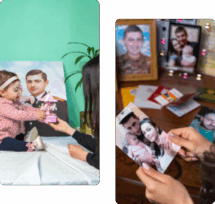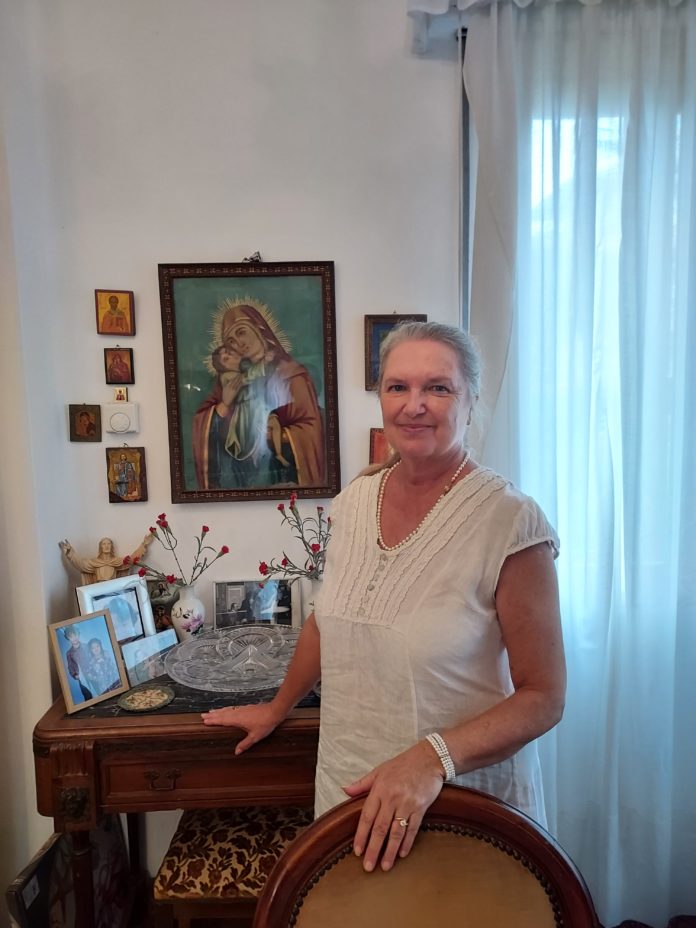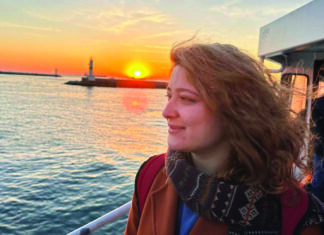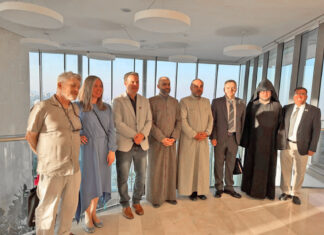LIDO, Venice — Lido is one of most fascinating parts of Venice. And the fact that a house on one of its main streets has a nameplate bearing the name “Mavian” is exciting for me. It is always a pleasure to meet the hostess, Marina Mavian, who lives between Milan and Lido, and to hear her life stories as a ballerina and an artist, as a descendant of Armenian refugees and as the president of Casa Armena — Hay Dun (Armenian cultural center) in Milano.
It is August, I am again in Venice and enjoy another nice conversation with Marina Mavian at her beautiful house.
Marina, what did ballet give you and what does painting gives you today?
Ballet was the first part of my life. In ballet there are lots of rules. One should be very serious about doing classical ballet, and it certainly leaves a mark on you, whatever other career you might pursue.
I went to Armenia for the first time in 1998, and it was shock for me to see the state our ancient churches were in. I wanted to raise awareness on our treasures — khachkars, churches and miniatures, in Italy. Painting had been a hobby for me since I was a dancer; I used to paint in my free time, but after my trip to Armenia I started painting religious subjects. I consider it my mission. I was surprised that during my exhibitions people asked: “So, are Armenians Christians?!” Art is an effective way to transmit our rich spiritual culture to people who might have not yet been able to see original miniatures at the manuscript collections of San Lazzaro or at the Matenadaran in Yerevan. I provide another way to access Armenian art. Of course, what I make is not identical copies, but my work is inspired and embedded in the same tradition.
Some of my work is permanently exhibited in quite meaningful places. For example, three of my paintings are displayed in Turkey. They were commissioned by the late Monsignor Luigi Padovese, the apostolic vicar of Anatolia in Turkey, who was brutally murdered 12 years ago. So if you go to Turkey, you will see a big Saint George and the dragon at the Iskenderun Catholic church and a Saint Paul and an icon at the Catholic convent in Tarsus.








